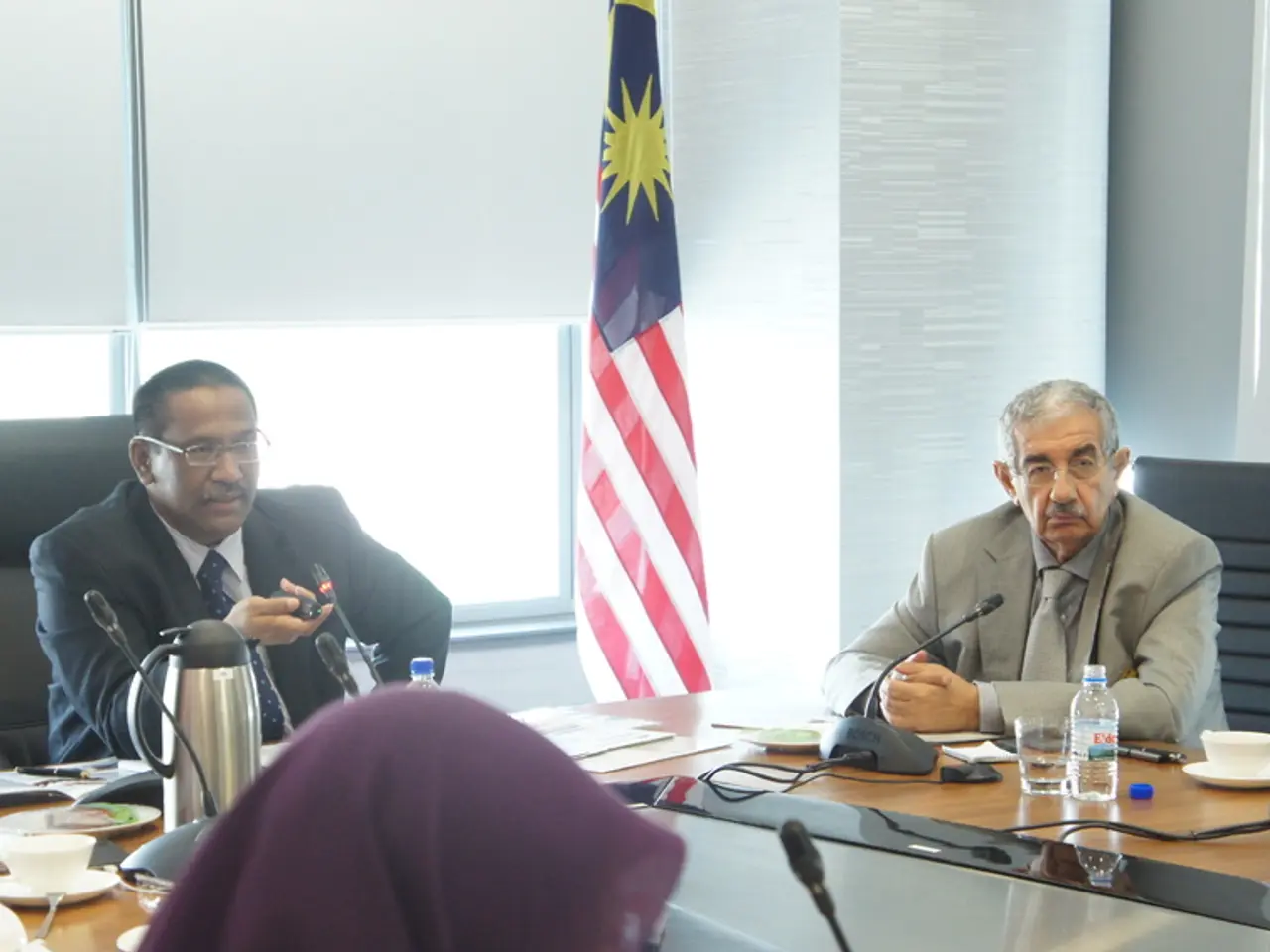Decreased Number of Asylum Applications in First Half of the Year - Decline in Initial Asylum Applications During the First Half of the Year
The first half of 2025 has seen a significant decrease in initial asylum applications in Germany, with a total of 61,336 applications—nearly 50% less than in the same period of the previous year. This decline is attributed to a combination of external and internal factors, according to reports from the Federal Office for Migration and Refugees (BAMF) and other sources.
One key factor is the overall declining trend in asylum applications, which began in 2024. Last year, Germany received around 250,945 applications, down from higher numbers in previous years such as 2023 (351,915 applications). The drop in applications continues across Europe, with asylum applications in EU countries decreasing by 23% in March 2025 compared to the previous year.
Germany is no longer the primary destination for many asylum seekers, contributing to reduced application numbers. Syria, which was a major country of origin for asylum seekers in Germany, had 15,127 applications in the first half of 2025, making it just behind Afghanistan, which had 15,181 initial applications.
Internal administrative factors in Germany also play a role in the decline. The Federal Office for Migration and Refugees has seen increased processing times (up to 12 months by early 2025) and a surge in appeals against decisions, leading to a focus on clearing older cases rather than new applications. This may discourage new asylum seekers due to uncertainty and processing delays.
EU-wide policy and enforcement changes are likely influencing these trends, although they are not detailed explicitly in the results. Tighter border controls and enhanced cooperation within the EU on migration management can contribute to reduced asylum flows.
Notably, Poland plans to introduce temporary controls at the border with Germany on Monday, while Germany has been dealing with traffic disruptions due to controls on the A12 motorway in Brandenburg. René Wilke, Brandenburg's Interior Minister, and the chambers of industry and commerce in Brandenburg and Saxony anticipate major traffic jams due to these controls.
Alexander Dobrindt, the Federal Interior Minister, sees his migration policy confirmed by the decrease in asylum numbers, stating that it is a clear success of the migration turnaround. The German Press Agency also has access to the figures on asylum numbers, with the "Bild" newspaper being the first to report on the decrease.
In summary, the sharp decline in asylum applications in Germany is due to both external migration pattern shifts across Europe and internal administrative factors, including longer processing times and changing attractiveness as a destination for asylum seekers. Solutions being examined to prevent traffic jams on the A12 motorway include structural changes, as the Federal Ministry of the Interior aims to minimize disruptions due to border controls.
The policy-and-legislation changes within the European Union, including tighter border controls and enhanced cooperation on migration management, likely contribute to the decreasing trend in asylum applications, such as the 50% drop seen in Germany in the first half of 2025. The ongoing developments in policy-and-legislation, including Poland's plan to introduce temporary controls at their border with Germany, further illustrate the impact of politics on these migration patterns.






